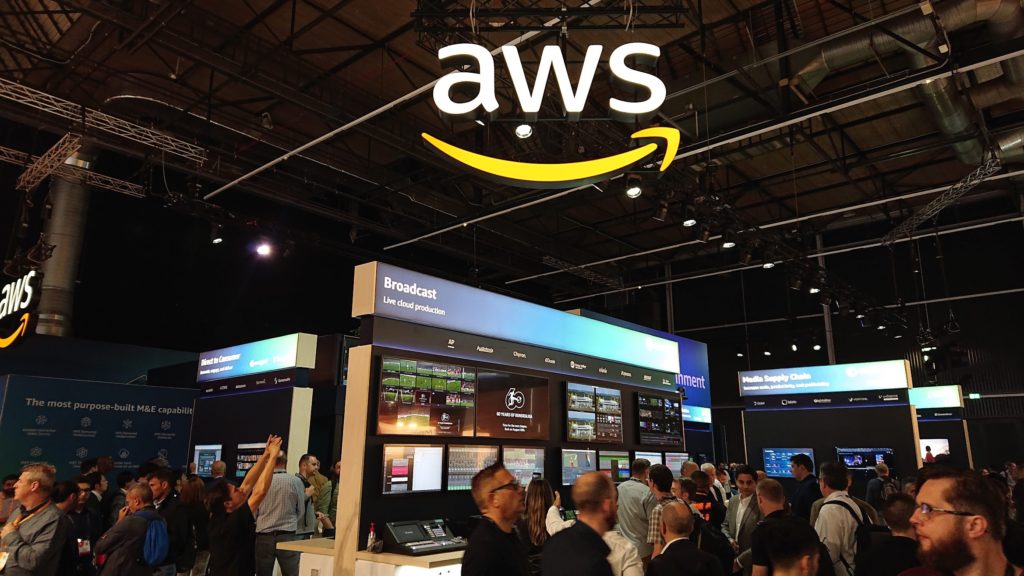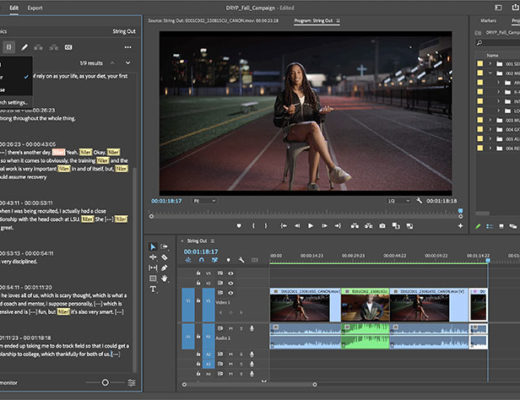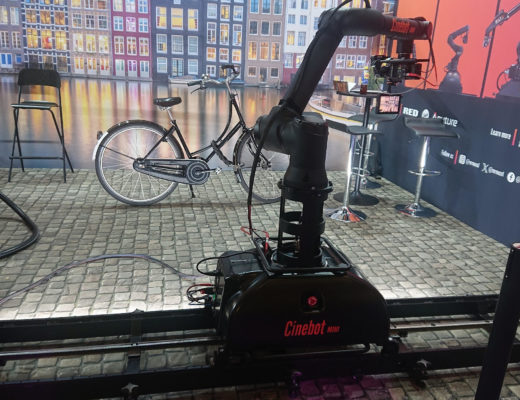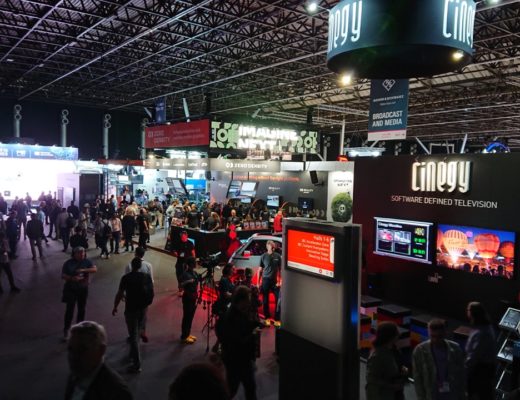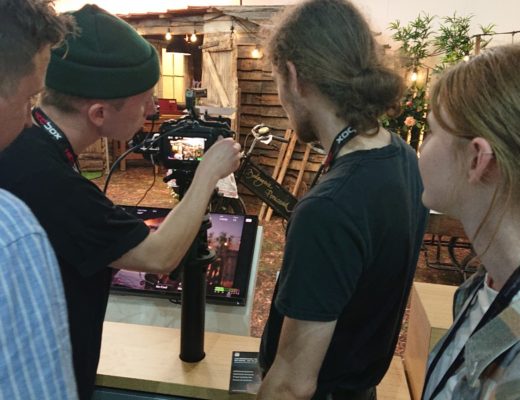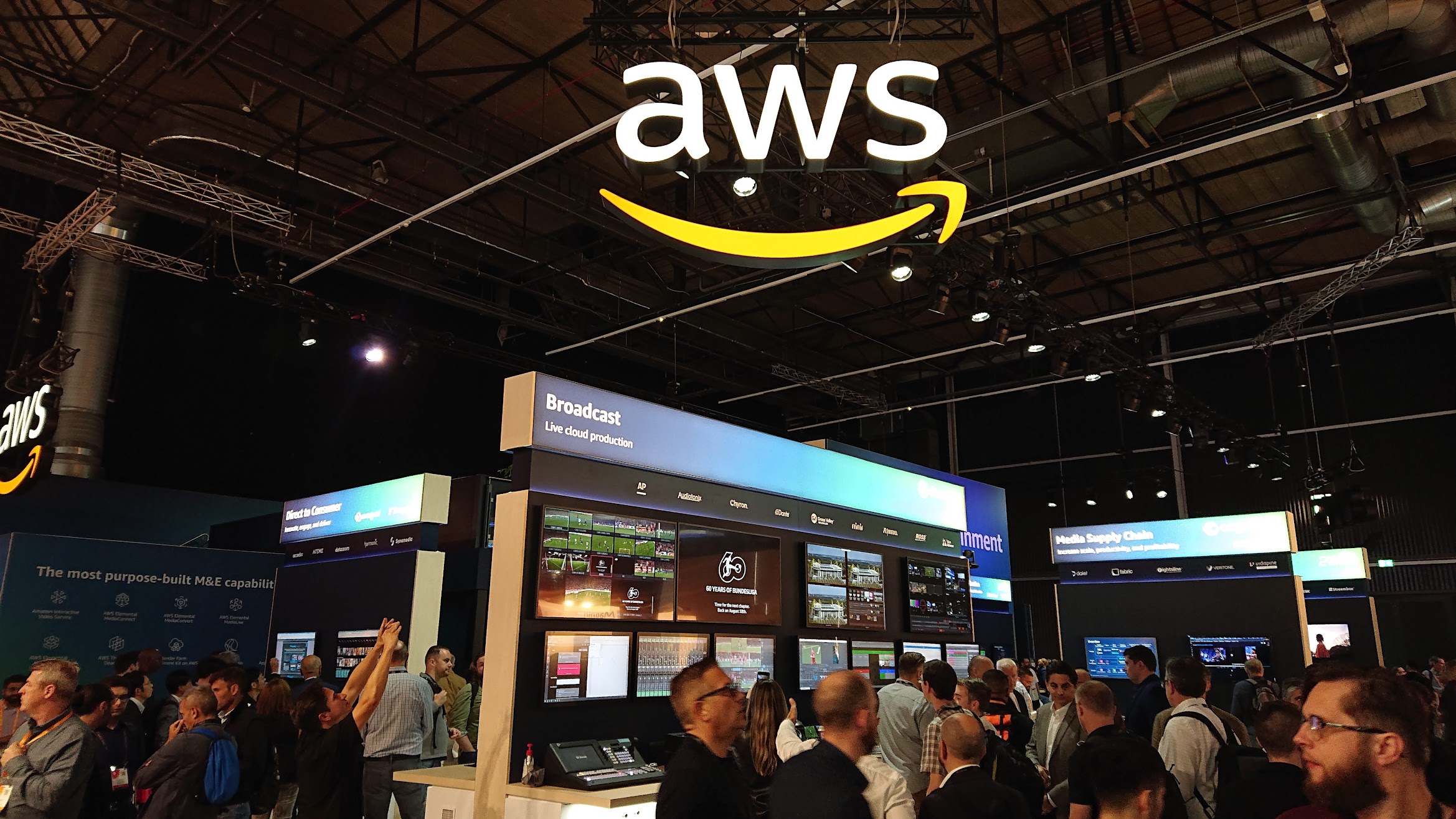
When Amazon Web Services has a booth as large as some of the major equipment suppliers at a big, international film and television trade show, something interesting is happening. If we’re going to sum up IBC 2023, then it’s not going to be about a lens or a light; it’s going to be about what’s notoriously the dullest, most everyday concept in the modern world. It’s about information technology and not even information technology we can put our hands on directly.
This concept will be no surprise to anyone who’s been involved in the distribution side of television recently. OTT distribution – that is, streaming, the likes of Netflix and Amazon’s own service – could hardly hold a higher profile, much as there may be something of a rationalization afoot as lenders and C-suites decide they’d like to actually turn a profit at some point. Cloud is huge just for distribution, and as software rental has shown, there’s a big market for remote computing among people who’d prefer not to own a big, scary computer on which to run a big, scary post-production application. AWS will do that more or less directly.
General-purpose networking
General-purpose networking technology has also become fairly normal in the context of contribution feeds – that is, getting the live news standup from the scene of the incident to the studio using cellphone links and the public internet. JVC probably did it first, but it’s often done using general-purpose video-over-IP technology that wasn’t even really intended to be part of a broadcast back end (Google for RTMP). Refinements are now starting to emerge with companies like Zixi writing perhaps rather better code to optimize resources, driven by the fact that while AWS (or any other cloud’s) resources have an agreeably low upfront cost, the ongoing costs can rise quickly in industries like film and TV which need to retrieve vast amounts of data from the cloud.
Information technology has therefore become a big part of more or less every discipline other than the very sharpest edge of on-set production work. Generic computer gear has actually been part of film sets for as long as there have been DITs, although it’s generally part of the purpose of a DIT to keep the technology out of the way of the technique so everyone else can still behave as if we’re shooting Kodak negative in 1975.

So, the internet has normally been most relevant to the sort of people who compete for corner offices and worry about concepts like capex versus opex. Those people are made happy by clever software like that from Ateme’s audience-aware streaming, which cleverly trades off the amount of effort spent compressing a TV channel’s picture against the number of people watching it, on the fly, depending how the cost of bandwidth and the cost of encoding CPU time compare.
Conversely, the sort of people who set an alarm for 0530 in order to make a pre-breakfast call with a truckful of equipment might have, at best, an in-principle understanding that contribution and content distribution is in some way important to a promptly-cleared paycheque. Until recently, though, information technology, in general, probably felt as if it were only intermittently relevant to those people.
The caveats
In detail, that’s already changed. If you’re a gaffer, your generator will probably email home to request a fuel top-up, and all your lights will have cellphone apps. It’s hardly necessary to mention the fact that effectively every light on every set will be on at least some kind of remote control network.
Even once we’ve converted everything to a grand unified control scheme – assuming that’s even possible – we might then be forced to confront the fact that, well, cellphones won’t actually work all day without running out of power, which is what sometimes pokes minor holes in otherwise wonderful ideas like those by Accsoon which allow people to stand on set and watch live on a cellphone.
Accsoon is just one of a few companies that have started using the phrase “camera to cloud,” which perhaps represents something of a change in attitude, allowing final material to go directly from cameras over the public internet. Some people won’t want that; others will want it only very, very cautiously. Teradek has been talking up similar things at least since NAB, and Atomos too. Making the cloud your recorder (or, at least, a place for proxies) really is a new idea, and one that’s become possible only because of several simultaneously emergent technologies.
Then, of course, there’s virtual production, shouldering its way to the front of the pack and shouting loudly about what it can do, while several people poke watchfully at workstations in the background, keeping things going.
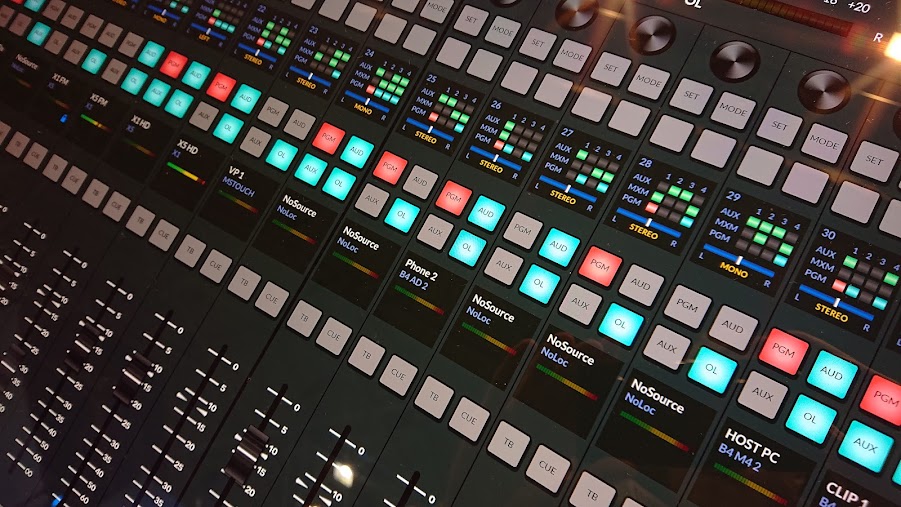
Whether or not we consider artificial intelligence a part of information technology is essentially a semantic argument at this point, but it seems risky to propose that there’s anything it won’t become involved with. So, we shouldn’t be surprised by what we see in the audio area of IBC that there are now whole mixing desks (pictured) that rely on a large tablet for their user interface. The conclusion we might draw is that literally everything has the potential, in the end, to turn into a computer. So far, it’s been wireless links and storage; put your mind to it, and it becomes clear this might happen to more or less anyone.
So, again, if you’re someone for whom the flight cases full of expensive boxes encrusted in blinking lights was a serious draw, then this will not be a welcome development. Still, it’s hard to deny the sheer speed and efficiency of some of this stuff. Either way, as the crowds stagger home from IBC 2023, it seems inevitable that more and more filmmaking hardware will turn into filmmaking software. Done well, that’ll be fine. Done poorly – well. Let’s revisit this at IBC 2024.

Filmtools
Filmmakers go-to destination for pre-production, production & post production equipment!
Shop Now